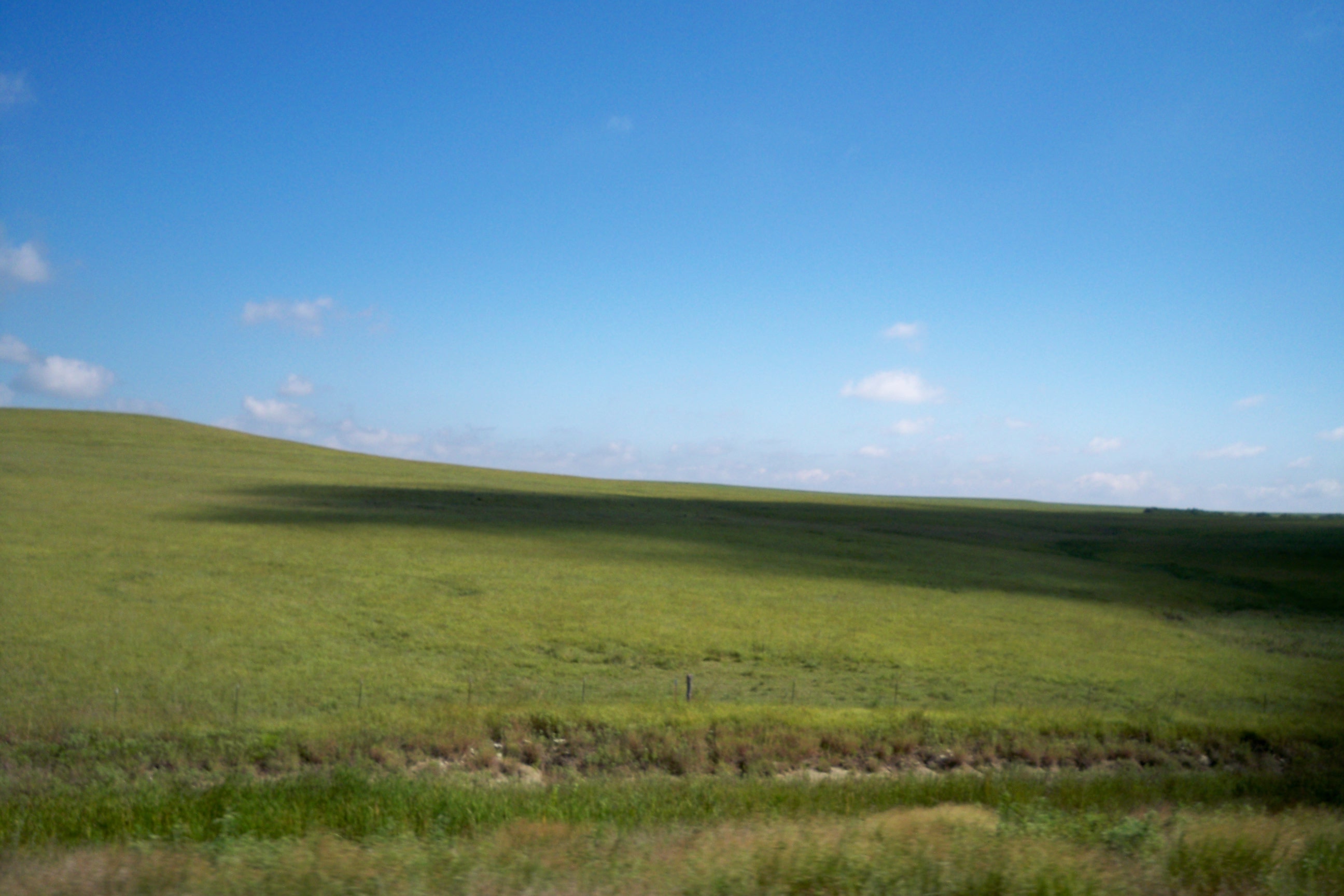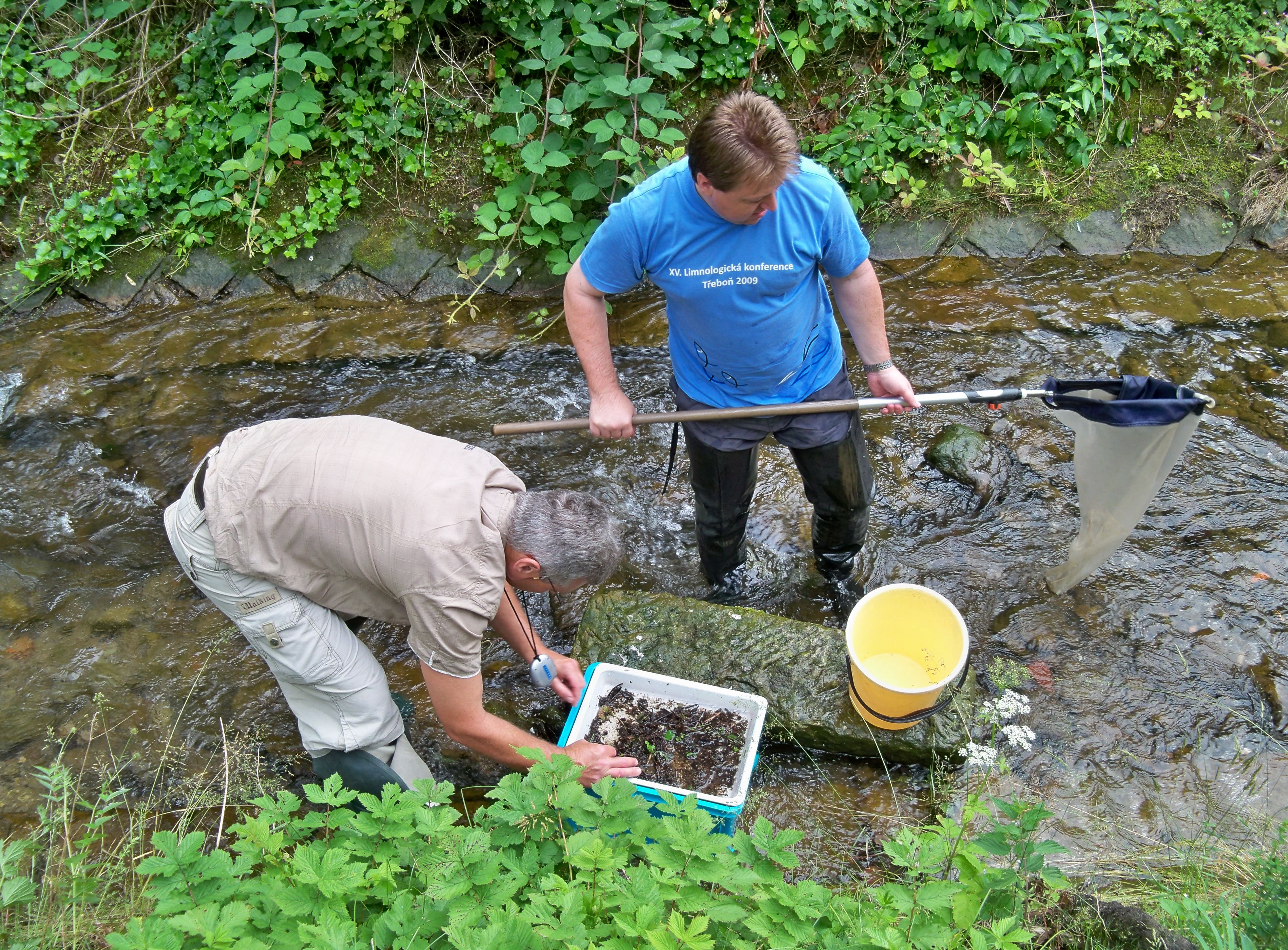|
Richard Diehl
Richard A. Diehl (born 1940) is an American archaeologist, anthropologist and academic, noted as a scholar of pre-Columbian Mesoamerican cultures. He is particularly renowned for his extensive contributions in the study of the Olmec civilization, which flourished in the Gulf Coast of Mexico region during the Formative (or Preclassic) period in Mesoamerican chronology and widely influenced subsequent Mesoamerican cultures. Diehl retired from formal academia at the end of the 2007 academic year, after a career spanning over four decades. He retained title as Professor Emeritus in the Department of Anthropology at the University of Alabama (UA), Tuscaloosa. Post-retirement Diehl continues to be active in Mesoamerican and archaeological research, teaching classes and authoring publications on the Olmec and other archaeological subjects. Early life and academic career Richard Diehl was born in Bethlehem, Pennsylvania. He completed his secondary education in the state system before pursuin ... [...More Info...] [...Related Items...] OR: [Wikipedia] [Google] [Baidu] |
Archaeologist
Archaeology or archeology is the scientific study of human activity through the recovery and analysis of material culture. The archaeological record consists of artifacts, architecture, biofacts or ecofacts, sites, and cultural landscapes. Archaeology can be considered both a social science and a branch of the humanities. It is usually considered an independent academic discipline, but may also be classified as part of anthropology (in North America – the four-field approach), history or geography. Archaeologists study human prehistory and history, from the development of the first stone tools at Lomekwi in East Africa 3.3 million years ago up until recent decades. Archaeology is distinct from palaeontology, which is the study of fossil remains. Archaeology is particularly important for learning about prehistoric societies, for which, by definition, there are no written records. Prehistory includes over 99% of the human past, from the Paleolithic until the adve ... [...More Info...] [...Related Items...] OR: [Wikipedia] [Google] [Baidu] |
University Of Missouri
The University of Missouri (Mizzou, MU, or Missouri) is a public university, public Land-grant university, land-grant research university in Columbia, Missouri. It is Missouri's largest university and the flagship of the four-campus University of Missouri System. MU was founded in 1839 and was the first public university west of the Mississippi River. It has been a member of the Association of American Universities since 1908 and is classified among "R1: Doctoral Universities – Very high research activity". To date, the University of Missouri alumni, faculty, and staff include 18 Rhodes Scholars, 19 Truman Scholars, 141 Fulbright Scholars, 7 Governors of Missouri, and 6 members of the U.S. Congress. Enrolling 31,401 students in 2021, it offers more than 300 degree programs in thirteen major academic divisions. Its well-known Missouri School of Journalism was founded by Walter Williams (journalist), Walter Williams in 1908 as the world's first journalism school; It publishes ... [...More Info...] [...Related Items...] OR: [Wikipedia] [Google] [Baidu] |
Excavation (archaeology)
In archaeology, excavation is the exposure, processing and recording of archaeological remains. An excavation site or "dig" is the area being studied. These locations range from one to several areas at a time during a project and can be conducted over a few weeks to several years. Excavation involves the recovery of several types of data from a site. This data includes artifacts (portable objects made or modified by humans), features (non-portable modifications to the site itself such as post molds, burials, and hearths), ecofacts (evidence of human activity through organic remains such as animal bones, pollen, or charcoal), and archaeological context (relationships among the other types of data).Kelly&Thomas (2011). ''Archaeology: down to earth'' (4th ed.). Belmont, Calif.: Wadsworth, Cengage Learning. Before excavating, the presence or absence of archaeological remains can often be suggested by, non-intrusive remote sensing, such as ground-penetrating radar. Basic informat ... [...More Info...] [...Related Items...] OR: [Wikipedia] [Google] [Baidu] |
Teotihuacan
Teotihuacan (Spanish language, Spanish: ''Teotihuacán'') (; ) is an ancient Mesoamerican city located in a sub-valley of the Valley of Mexico, which is located in the State of Mexico, northeast of modern-day Mexico City. Teotihuacan is known today as the site of many of the most architecturally significant Mesoamerican pyramids built in the pre-Columbian Americas, namely Pyramid of the Sun and Pyramid of the Moon. At its zenith, perhaps in the first half of the first millennium (1 CE to 500 CE), Teotihuacan was the largest city in the Americas, with a population estimated at 125,000 or more, making it at least the sixth-largest city in the world during its epoch. The city covered eight square miles (21 km2), and 80 to 90 percent of the total population of the valley resided in Teotihuacan. Apart from the pyramids, Teotihuacan is also anthropologically significant for its complex, multi-family residential compounds, the Avenue of the Dead, and its vibrant, well-prese ... [...More Info...] [...Related Items...] OR: [Wikipedia] [Google] [Baidu] |
Polity
A polity is an identifiable Politics, political entity – a group of people with a collective identity, who are organized by some form of Institutionalisation, institutionalized social relation, social relations, and have a capacity to mobilize resources. A polity can be any other group of people organized for governance (such as a corporate board), the government of a country, or of a country subdivision. A polity may be a republic administered by an elected representative, or the realm of a hereditary monarch. Overview In geopolitics, a polity can be manifested in different forms such as a State (polity), state, an empire, an international organization, a political organization and other identifiable, resource-manipulating organizational structures. A polity like a state does not need to be a Sovereignty, sovereign unit. The most preeminent polities today are Westphalian sovereignty, Westphalian states and nation-states, commonly referred to as countries and also incorrectl ... [...More Info...] [...Related Items...] OR: [Wikipedia] [Google] [Baidu] |
Mexican Altiplano
The Central Mexican Plateau, also known as the Mexican Altiplano ( es, Altiplanicie Mexicana), is a large arid-to-semiarid plateau that occupies much of northern and central Mexico. Averaging above sea level, it extends from the US-Mexico border, United States border in the north to the Trans-Mexican Volcanic Belt in the south, and is bounded by the and to the west and east, respectively. A low east-west mountain range in the state of Zacatecas divides the plateau into northern and southern sections. These two sections, called the Northern Plateau () and Central Plateau (), are now generally regarded by geographers as sections of one plateau. The Mexican Plateau is mostly covered by deserts and xeric shrublands, with madrean pine-oak woodlands, pine-oak forests covering the surrounding mountain ranges and forming sky islands on some of the interior ranges. The Mexican Altiplano is one of six distinct physiographic sections of the Basin and Range Province, which in turn is part ... [...More Info...] [...Related Items...] OR: [Wikipedia] [Google] [Baidu] |
Teotihuacan Valley
The Valley of Mexico ( es, Valle de México) is a highlands plateau in central Mexico roughly coterminous with present-day Mexico City and the eastern half of the State of Mexico. Surrounded by mountains and volcanoes, the Valley of Mexico was a centre for several pre-Columbian civilizations, including Teotihuacan, the Toltec, and the Aztec. The ancient Aztec term ('Land Between the Waters') and the phrase Basin of Mexico are both used at times to refer to the Valley of Mexico. The Basin of Mexico became a well known site that epitomized the scene of early Classic Mesoamerican cultural development as well. The Valley of Mexico is located in the Trans-Mexican Volcanic Belt. The valley contains most of the Mexico City Metropolitan Area, as well as parts of the State of Mexico, Hidalgo, Tlaxcala, and Puebla. The Basin of Mexico covers approximately in the NNE-SSW direction with length to width dimensions of approximately to The Valley of Mexico can be subdivided into four bas ... [...More Info...] [...Related Items...] OR: [Wikipedia] [Google] [Baidu] |
Fieldwork
Field research, field studies, or fieldwork is the collection of raw data outside a laboratory, library, or workplace setting. The approaches and methods used in field research vary across disciplines. For example, biologists who conduct field research may simply observe animals interacting with their environments, whereas social scientists conducting field research may interview or observe people in their natural environments to learn their languages, folklore, and social structures. Field research involves a range of well-defined, although variable, methods: informal interviews, direct observation, participation in the life of the group, collective discussions, analyses of personal documents produced within the group, self-analysis, results from activities undertaken off- or on-line, and life-histories. Although the method generally is characterized as qualitative research, it may (and often does) include quantitative dimensions. History Field research has a long history. ... [...More Info...] [...Related Items...] OR: [Wikipedia] [Google] [Baidu] |
Alabama Museum Of Natural History
__NOTOC__ The Alabama Museum of Natural History is the state's natural history museum, located in Smith Hall at the University of Alabama campus in Tuscaloosa. The oldest museum in the state, it was founded in 1831. The exhibits depict the natural diversity of Alabama from the Age of Dinosaurs, the Coal Age, and the Ice Age. Collections include items relating to geology, zoology, mineralogy, paleontology, ethnology, history, and photography. The Grand Gallery Exhibition Hall houses a replica of a ''Basilosaurus cetoides'', an Eocene whale that has been designated as the State Fossil. Exhibits of special interest include the skull of an American mastodon dredged from the Tombigbee River near Demopolis and the Hodges meteorite. The latter hit a woman as it fell to earth near Sylacauga on November 30, 1954. The museum sponsors expeditions throughout the year, as it has since 1979. History The current home for the Alabama Museum of Natural History, Smith Hall, is named in honor of ... [...More Info...] [...Related Items...] OR: [Wikipedia] [Google] [Baidu] |
Museum
A museum ( ; plural museums or, rarely, musea) is a building or institution that cares for and displays a collection of artifacts and other objects of artistic, cultural, historical, or scientific importance. Many public museums make these items available for public viewing through exhibits that may be permanent or temporary. The largest museums are located in major cities throughout the world, while thousands of local museums exist in smaller cities, towns, and rural areas. Museums have varying aims, ranging from the conservation and documentation of their collection, serving researchers and specialists, to catering to the general public. The goal of serving researchers is not only scientific, but intended to serve the general public. There are many types of museums, including art museums, natural history museums, science museums, war museums, and children's museums. According to the International Council of Museums (ICOM), there are more than 55,000 museums in 202 countrie ... [...More Info...] [...Related Items...] OR: [Wikipedia] [Google] [Baidu] |
Dumbarton Oaks Research Library And Collection
Dumbarton Oaks, formally the Dumbarton Oaks Research Library and Collection, is a historic estate in the Georgetown neighborhood of Washington, D.C. It was the residence and garden of wealthy U.S. diplomat Robert Woods Bliss and his wife, Mildred Barnes Bliss. The estate was founded by the Bliss couple, who gave the property to Harvard University in 1940. The research institute that has emerged from this bequest is dedicated to supporting scholarship in the fields of Byzantine and Pre-Columbian studies, as well as garden design and landscape architecture, especially through its research fellowships, meetings, exhibitions, and publications. It also opens its garden and museum collections to the public, and hosts public lectures and a concert series. Dumbarton Oaks is distinct from Dumbarton House, a Federal Style historic house museum also located in the Georgetown area. History Early history The land of Dumbarton Oaks was formerly part of the Rock of Dumbarton grant that ... [...More Info...] [...Related Items...] OR: [Wikipedia] [Google] [Baidu] |
.jpg)







.jpg)